Five new books capture the glitz, glam and everyday life in the White House
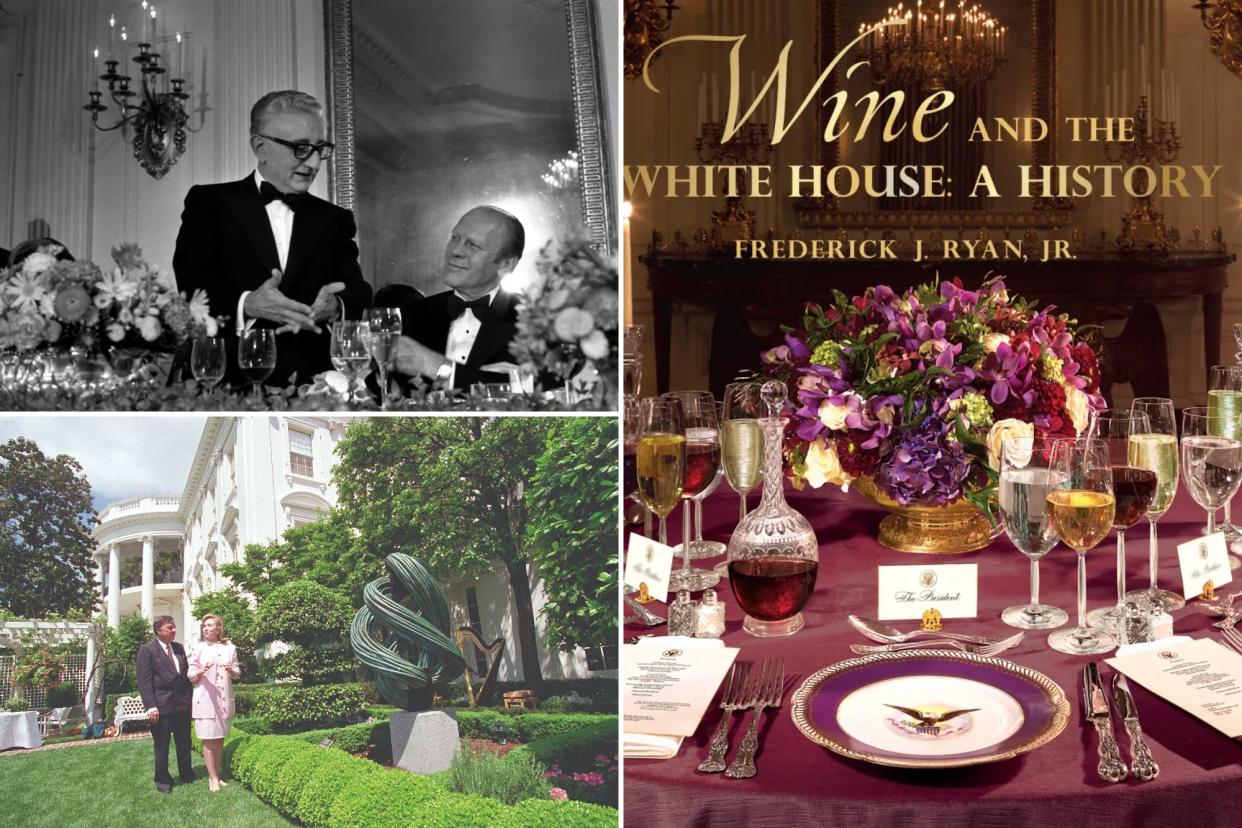
- Oops!Something went wrong.Please try again later.
- Oops!Something went wrong.Please try again later.
“Life in the White House is magical every day,” writes First Lady Jill Biden in a new introduction to “Life in the White House,” a celebratory picture book written by Betty C. Monkman and published, in a newly revised 15th edition, by the White House Historical Association.
A series of new books shed fresh light on both the building, home to every president and first lady since 1800, and its occupants.
With pictures on practically every page, Monkman’s new edition revives some long-forgotten moments: Dwight Eisenhower in shirtsleeves, wielding a spatula over his barbecue grill outside the Third Floor Solarium; First Lady Hillary Clinton, in pink coat and skirt, guiding a visitor on a tour of sculptures in the East Garden.
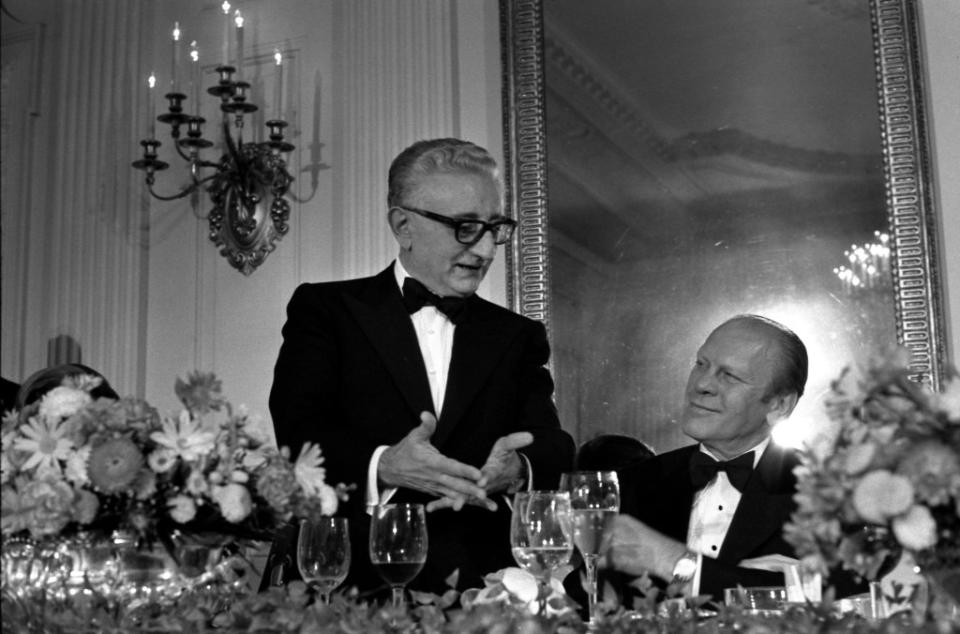
The late Tom Wolfe wrote inNew York Magazinein1968 that most politicians enter the game not to achieve fame, money, power, or policy goals: “It’s more…seeing people jump. It’s a feeling…knowing that anywhere they go, people will move for them, give way, run errands, gather around…and jump.”
In this, too, the White House represents the pinnacle.
If the president should decide he wants Chinese food and a tennis racquet at 3 a.m., the White House staff — populated not just by familiar political appointees but with servants, cleaning crews, carpenters, sommeliers, groundskeepers, a small village of federal personnel — will jump to see he gets it.
The luxury of the White House is on display in a new edition, released this year, of “Wine and the White House: A History,” a lavishly illustrated coffee table book that was also published by the White House Historical Association, with text supplied by Frederick J. Ryan, Jr., the former chief of staff to President Reagan and publisher of the Washington Post.
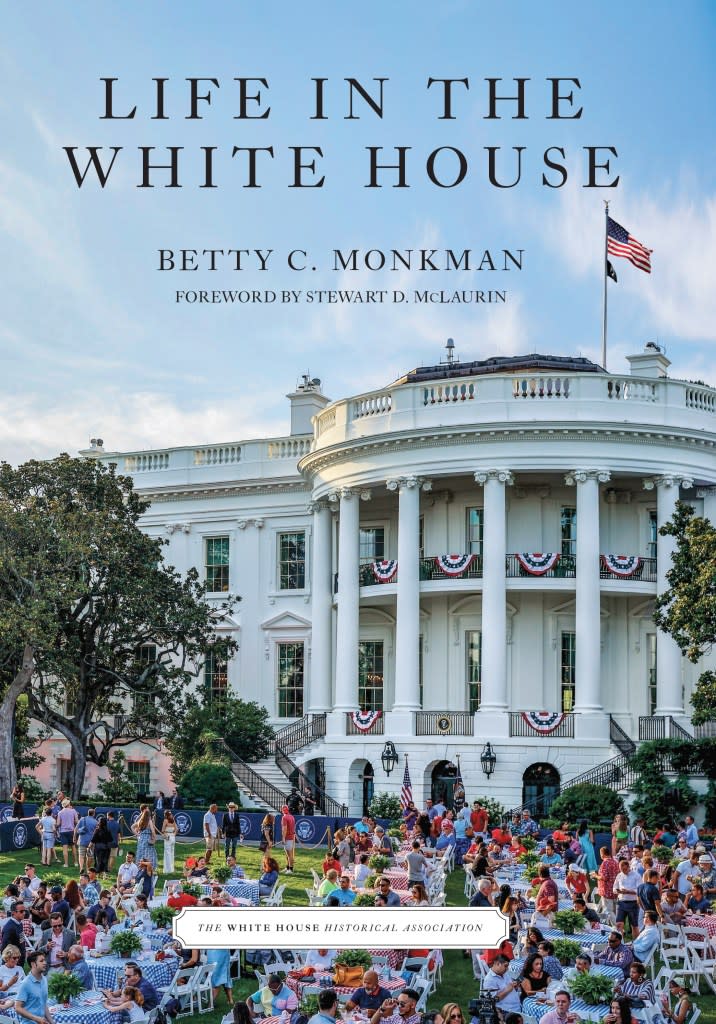
Ryan reports that the Kennedys “served the best European wines” at their State Dinners, with emphasis on French offerings that included Pouilly-Fuissé, Château Haut-Brion, and Dom Pérignon champagne.
In September 1961, however, the Kennedy White House became the first to serve an American wine at a State Dinner: Almaden Pinot Noir from California.
Thirteen years later, at a State Dinner for Italy, President and Mrs. Ford served only American wines — a first, and from which protocol no president has since departed.
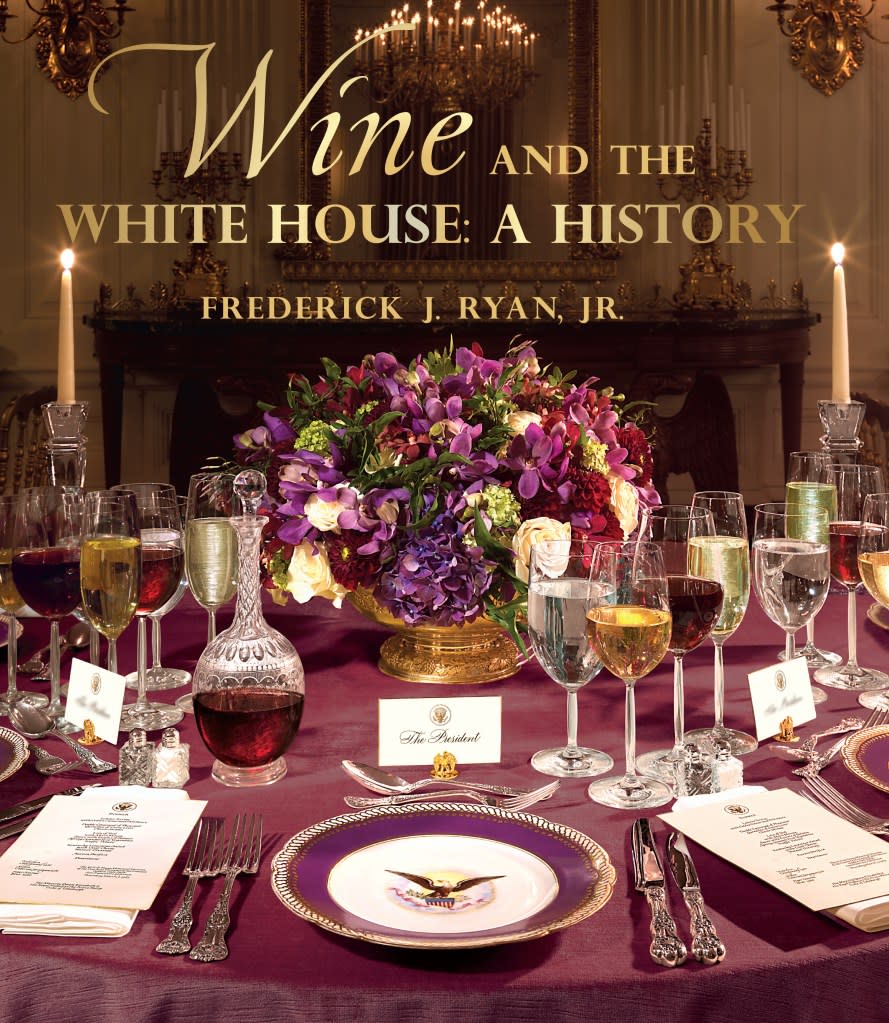
Love of libation has happily cohabitated with, and even facilitated, amore at the White House.
Editors Dorothy and Thomas Hoobler explore this neglected area of presidential studies in a new anthology entitled “Are You Prepared for the Storm of Love Making?: Letters of Love and Lust from the White House” (Blackstone Publishing).
The Hooblers expand the frame to cover future presidents—including 26-year-old George Washington, who wrote a desperate love letter to Sally Fairfax, a married woman he had fancied for years, not long after Washington had become engaged to Martha Custis.
“You have drawn me, my dear Madam, or rather have I drawn myself, into an honest confession of a Simple Fact,” Washington wrote to Fairfax from Fort Cumberland in September 1758. “Misconstrue not my meaning, ‘tis obvious; doubt it not, nor expose it. The world has no business to know the object of my love, declared in this manner to—you, when I want to conceal it.”
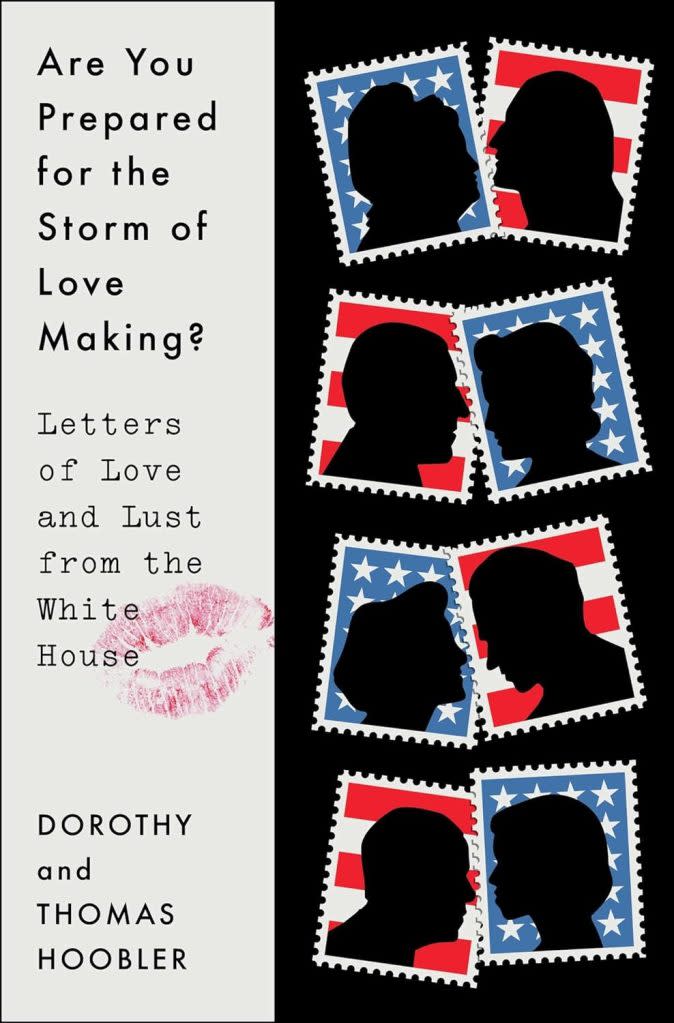
The young commander of the Virginia Regiment wondered, before he tied the knot, whether Fairfax returned his affections—and whether he should accordingly yank the reins on his planned nuptials.
“One thing, above all things, in this World, I wish to know, and only one person of your acquaintance can solve me that,” Washington wrote, still wary of committing his secret desires to paper. “But adieu to this till happier times, if ever I shall see them.”
Fairfax parried in reply, and they never exchanged letters again.
The most sexually explicit writer among the presidents was Warren G. Harding.
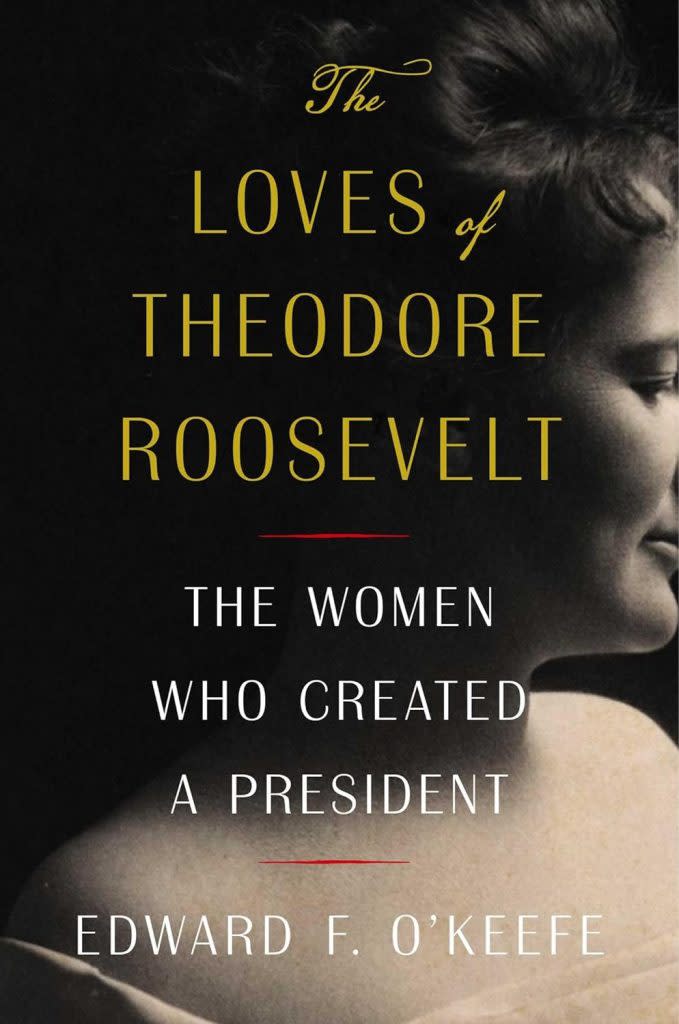
A serial philanderer before and after he sought elected office, Harding wielded a purple pen in correspondence with Carrie Phillips, a neighbor who was also married—and who later used Harding’s letters to blackmail him.
“I hurt with the insatiate longing until I fear that there will never be any relief until I take a long, deep, wild draught on your lips and then bury my face on your pillowing breasts,” Harding wrote Phillips in 1913.
Previously unpublished letters helped Edward F. O’Keefe, head of the Theodore Roosevelt Presidential Library Foundation, uncover a startling truth about the Rough Rider: “The most masculine president in the American memory was, in fact, the product of largely unsung and certainly extraordinary women.”
In “The Loves of Theodore Roosevelt: The Women Who Created a President,” coming from Simon & Schuster in May, O’Keefe examines the role that five strong women played in the rise to power of America’s 26th president.
While second wife Edith is celebrated for elevating the role of the First Lady, O’Keefe re-examines the life and legacy of TR’s first wife, Alice — whose death, at 23, came two days after giving birth to their daughter, only hours after Roosevelt’s mother had died.
Long dismissed as an airhead who exerted “no formative consequence in her husband’s life,” Alice in fact guided the future president, their letters show, to his progressive views on the sexes.
“It was during TR’s maddening two-year pursuit of her,” writes O’Keefe, “that he embraced women’s suffrage and equality—including advocating for married women to keep their maiden names.”
If life in the White House casts a “magical” spell on its inhabitants, their day-to-day existence after leaving has often proved uneven.
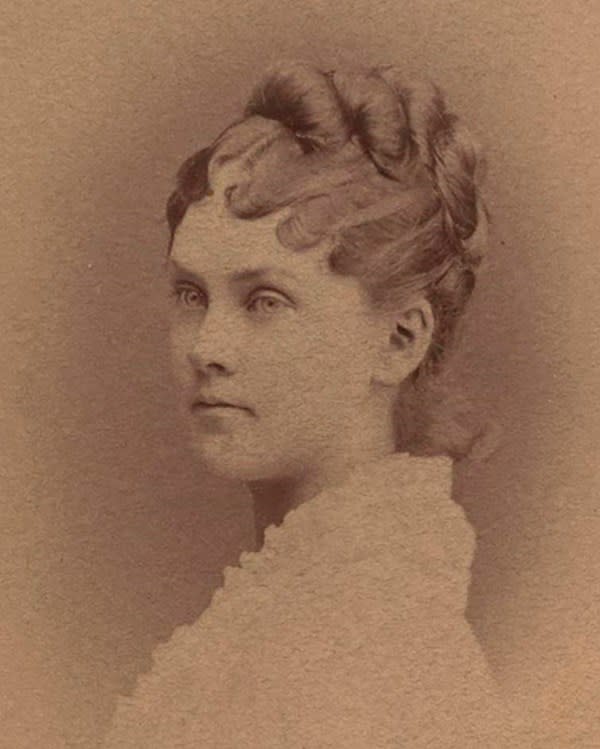
At the Founding, Alexander Hamilton wondered whether former presidents would spend their final days “wandering among the people like discontented ghosts.”
Not all do.
Some pursue global diplomacy and philanthropy; some hector their successors, while others retreat into studied silence.
For a number of them, the most basic concerns prevail.
In “Life After Power: Seven Presidents and Their Search for Purpose Beyond the White House” (Simon & Schuster), released last week, author Jared Cohen — a former aide to Condoleezza Rice and Hillary Clinton, now a Goldman Sachs executive — assesses the post-presidencies of seven chief executives.
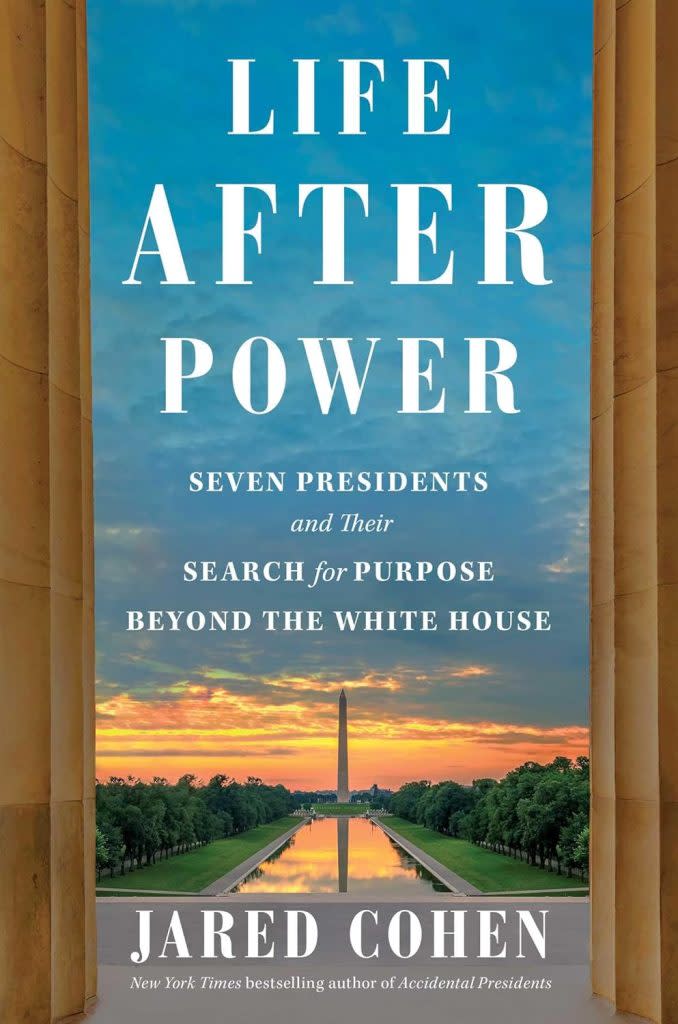
“It’s not cheap to be a former president,” Cohen writes. In an interview for the book, George W. Bush confessed that when he left Washington for Dallas, he was “a little concerned about how I was going to make a living,” as he had watched his mother and father, no strangers to the White House, burn through 80 percent of their savings on medical bills in the last two years of their lives.
The younger Bush created the White House Office of Faith-Based and Community Initiatives; and one of his predecessors, Jimmy Carter — central player in the nation’s longest post-presidency — had been a Sunday school teacher.
For all the power of the office, and the stately building that symbolizes it, many presidents have been swift to recognize the primacy, and utility, of a higher power.
As Abraham Lincoln said in his last public address, delivered from a White House window on April 11, 1865: “He from whom all blessings flow must not be forgotten.”
James Rosen is chief White House correspondent for Newsmax and the author, most recently, of “Scalia: Rise to Greatness, 1936-1986.“

